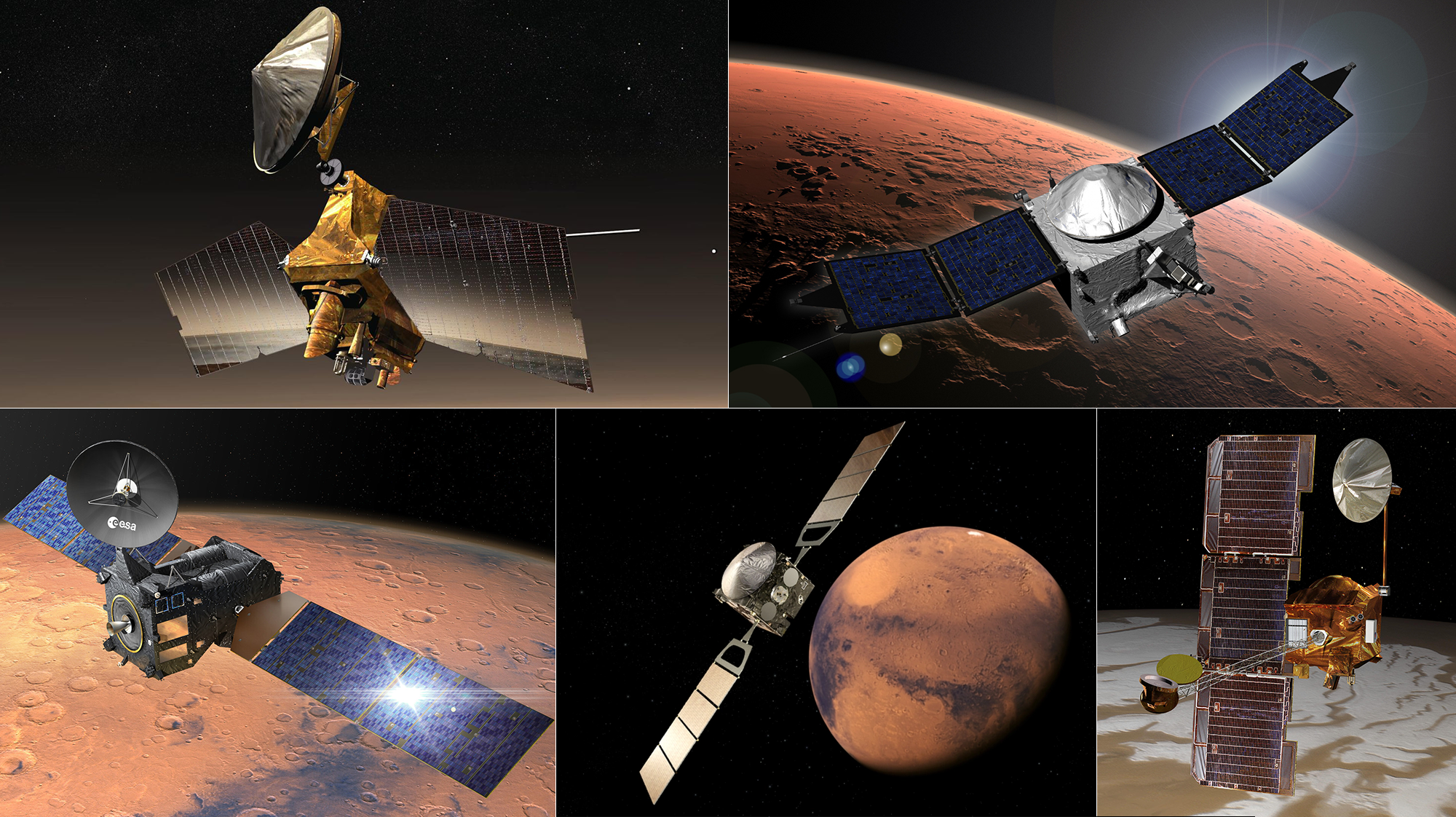The telecommunications systems of Mars orbiters provide a crucial service for spacecraft on the Red Planet. The Network serves as the first link in a communications bridge back to Earth, an "interplanetary Internet" that will continue to be used by numerous international spacecraft in coming years.
On a routine basis, landers and rovers on the surface of Mars can send commands and telemetry to and from Earth, but the enormous volume of science data gathered by the spacecraft would take an extremely long time to transmit directly. As a result, most of that science data is sent up to spacecraft orbiting overhead, through the Mars Relay Network. The network includes NASA's Mars Reconnaissance Orbiter, Mars Odyssey, and MAVEN, and two European Space Agency missions, Trace Gas Orbiter and Mars Express. They capture data from NASA's Perseverance and Curiosity rover.
Once the Mars Relay Network has the data, the next step is to transmit the data millions of miles through interplanetary space to radio antennas on Earth, including the antennas of NASA’s Deep Space Network.
One example of the crucial role of the Mars Relay Network was when the Perseverance rover landed on Mars in 2021. Mars Reconnaissance Orbiter and MAVEN received its entry, descent, and landing data in near-real-time and transmitted it to Earth, with the data sent down by MAVEN undergoing extensive ground processing after the landing. The network's communication process has continued throughout the Perseverance mission, and also for Curiosity's activities.


